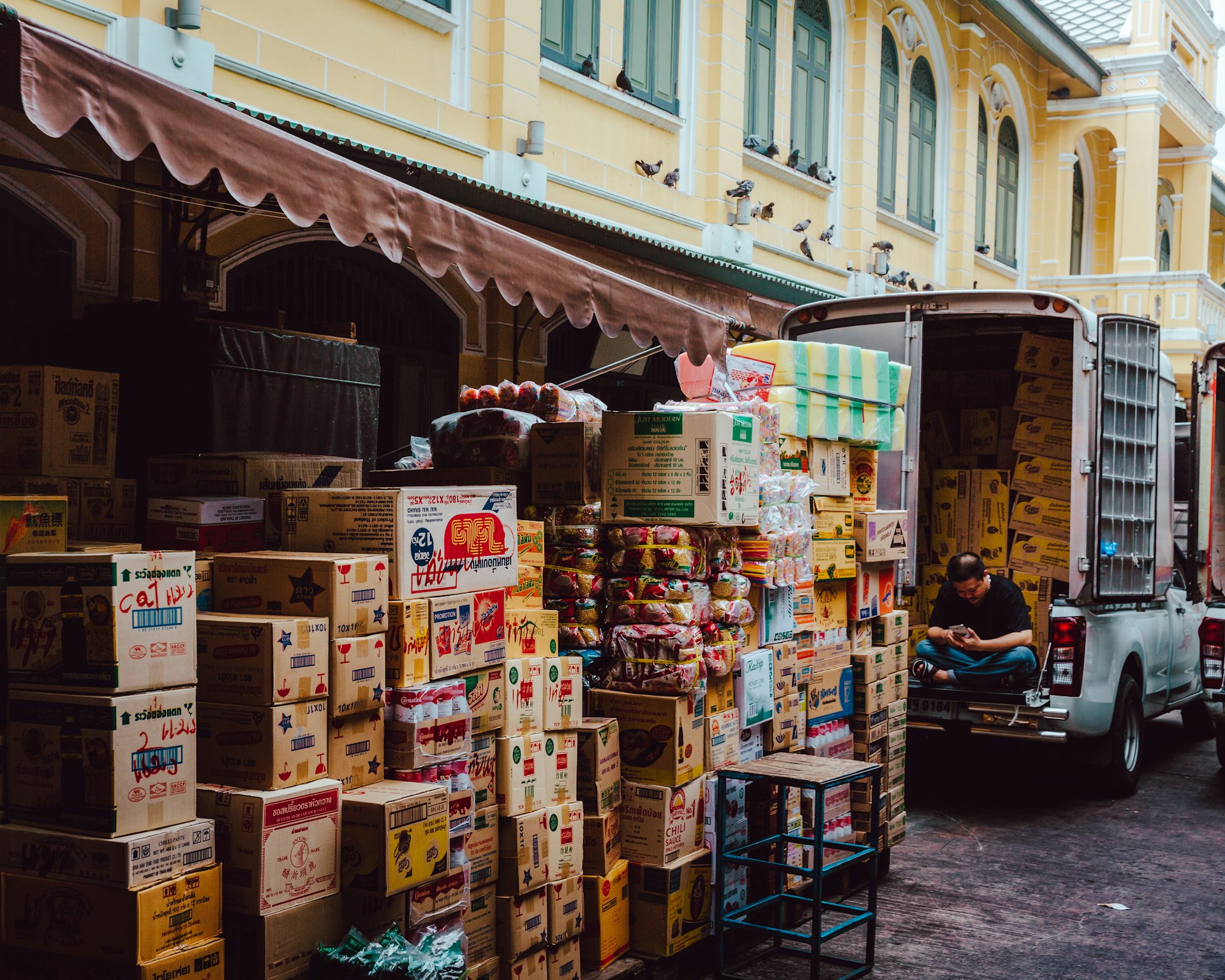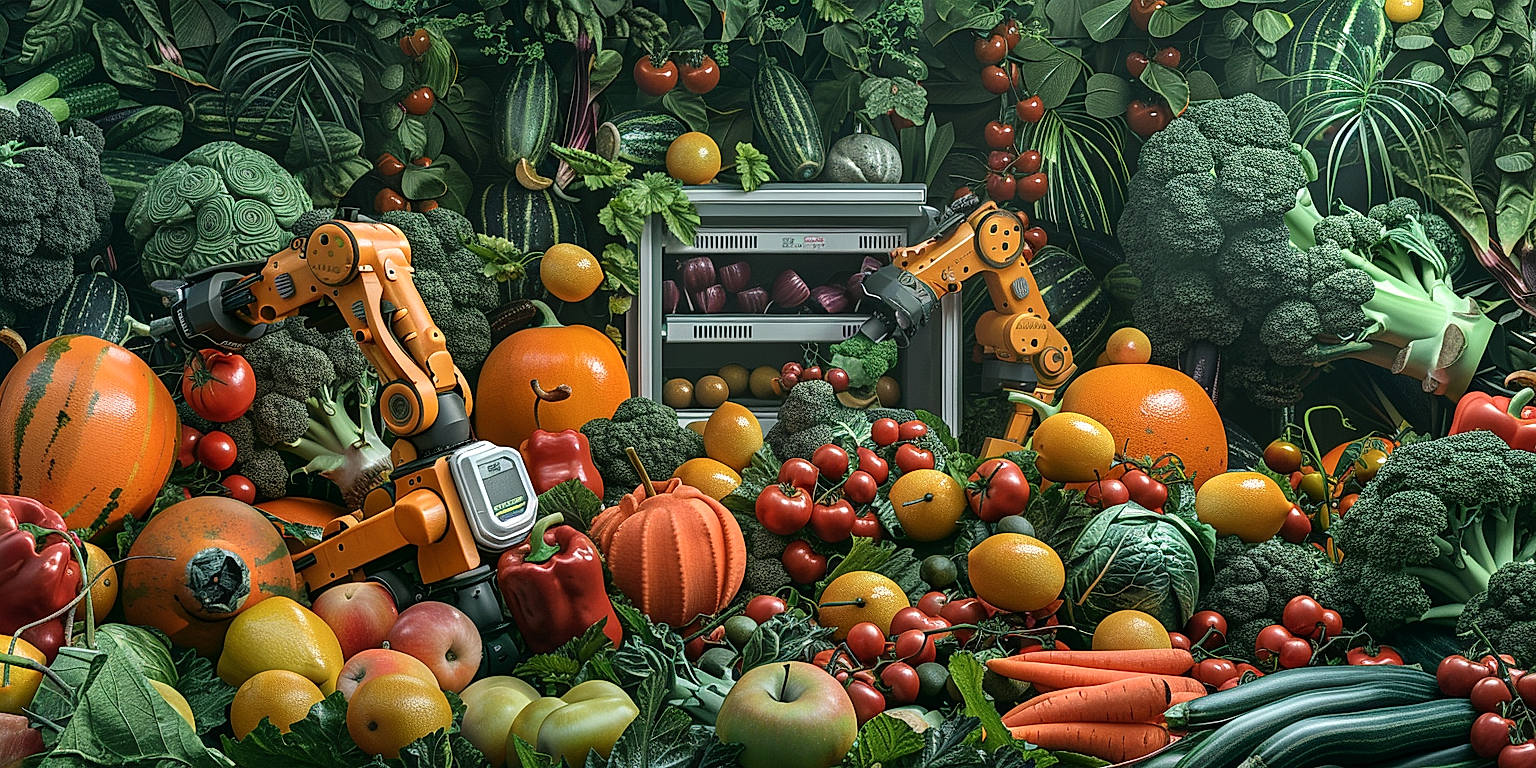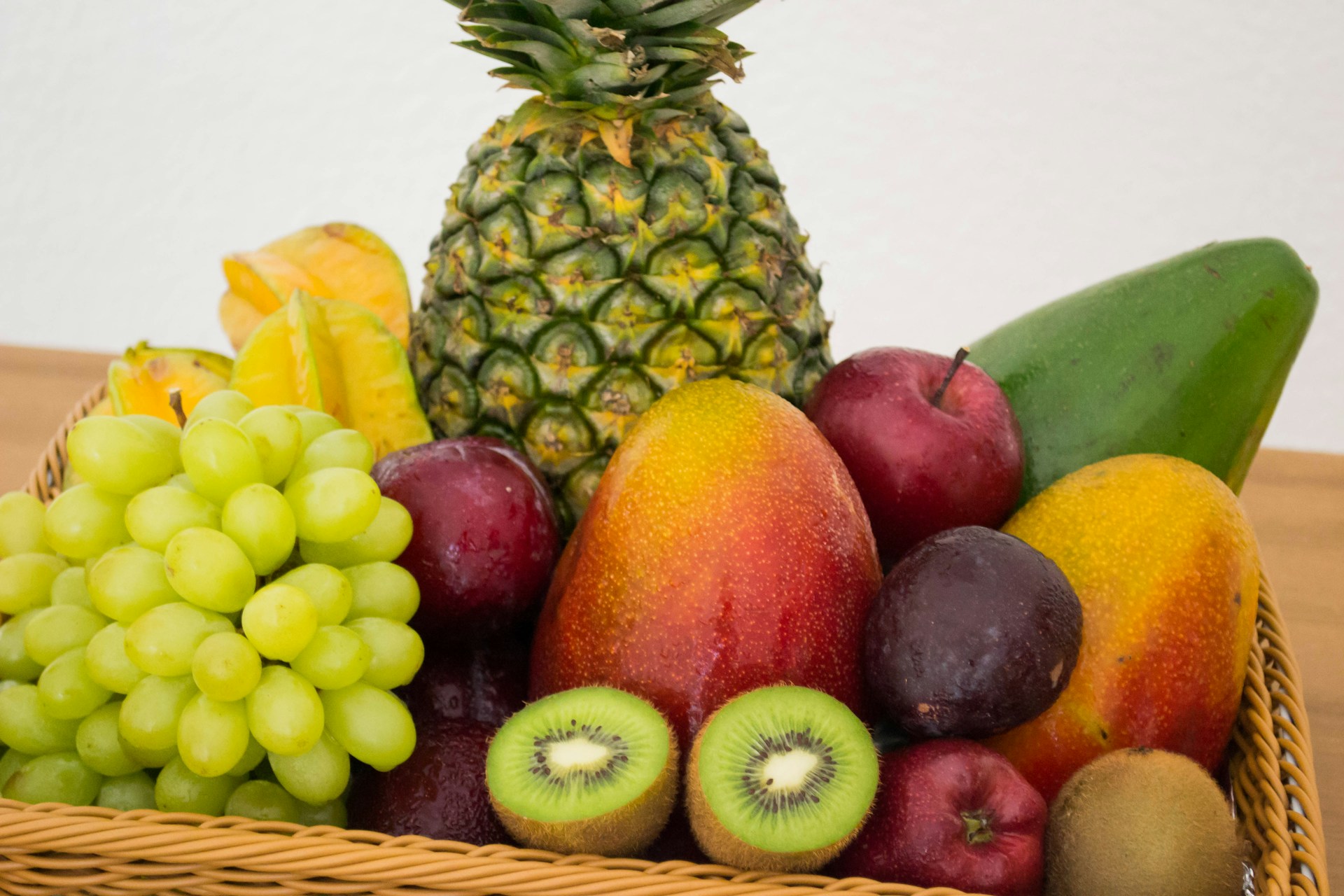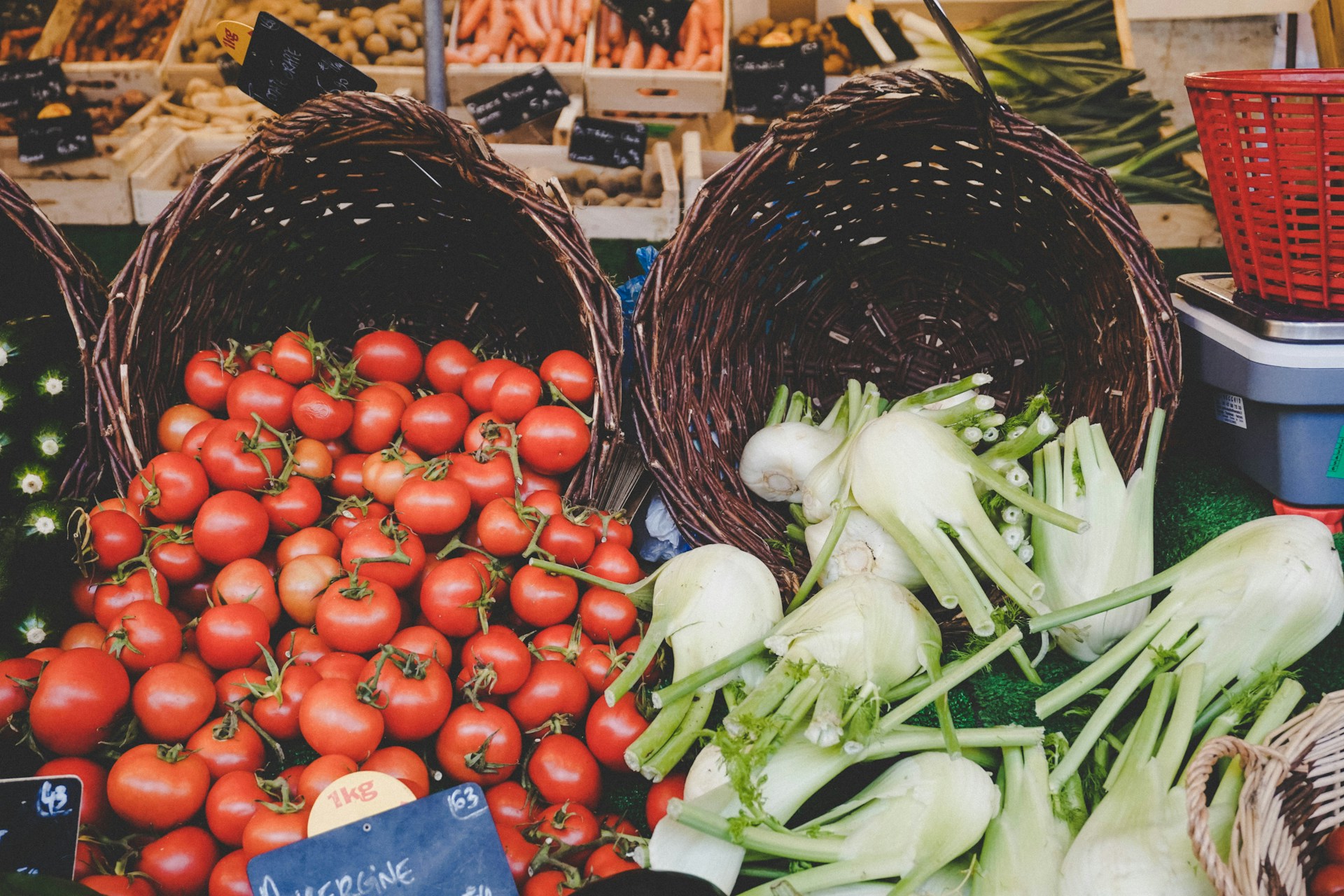In the ever-evolving global marketplace, successful distribution of produce hinges on efficient transportation systems.
That said, the sector faces a myriad of complex issues that impact the speed, cost, and environmental footprint of these operations.
Factors, such as fluctuating fuel prices, climate change and infrastructure degradation, pose significant challenges.
These hurdles can disrupt the supply chain, skyrocketing costs, and jeopardizing timely delivery.
In this context, understanding these challenges is crucial for the development of strategies that mitigate their impact.
The following sections delve deeper into the specific challenges and offer potential solutions for improved efficiency in the produce transport sector.
Contents
Produce Distribution Transport Challenges
1. High Perishability of Fresh Produce
The high perishability of fresh produce is one of the most significant challenges faced in the distribution of produce transportation.
Unlike manufactured goods or non-perishable items, fresh fruits and vegetables can spoil rapidly, often within a matter of days.
This high perishability greatly cuts the produce’s shelf-life, limiting the time that distributors have to transport these goods and the distance that they can be transported.
Fresh produce’s high perishability imposes an extreme level of time-sensitivity, making the task of swiftly and efficiently transporting produce even more crucial.
Because of the significant risk of spoilage, produce must be distributed swiftly and efficiently, ideally moving from the field to the store or consumer within a day or two.
However, accomplishing this level of efficiency in the distribution process is a significant challenge, requiring precise coordination and a very high operational speed.
Any delay in the supply chain, whether it be from equipment failure, labor issues, or logistical complications, can lead to produce spoilage, damaging both the environment and the bottom line of businesses.
Additionally, due to the perishable nature of these goods, they may have special requirements in terms of temperature and humidity conditions during transportation.
Failure to meet these conditions may result in accelerated spoilage or quality loss, posing a risk to distributor reputation and the overall customer experience.
The risk of produce waste as a result of spoilage is not only a cost issue but also creates significant environmental concern, contributing to issues such as greenhouse gas emissions and resource inefficiency.
Plus, in recent years, there is increasing pressure from both consumers and regulators to reduce food waste and loss, adding another layer of complexity to the issue of fresh produce’s high perishability.
The extent and impact of the perishability of fresh produce vary depending on the specific characteristics of each product, including type, ripeness, and variety.
This necessitates a granular, product-specific approach to distribution planning and logistics, further complicating the process and exacerbating the challenge.
Moreover, due to the high perishability of fresh produce, there is an increased risk of illness from consuming spoiled food, leading to potential public health complications and adding to the urgency of the issue.
All in all, addressing the high perishability of fresh produce remains one of the most challenging elements of transportation in produce distribution, requiring significant expertise, high operational efficiency, and robust logistical support.
2. Adherence to strict health regulations
The produce distribution industry is subject to a myriad of strict health regulations.
These regulations are in place to ensure the safety and quality of fresh produce from the farm to the consumer.
Transportation of fresh produce is a critical link in this chain, and failure to comply with health regulations during transportation can lead to significant product loss and legal issues.
Among the most common regulations are those pertaining to temperature control, hygiene, and sanitation.
Ensuring adherence to these regulations during transportation is a major challenge for produce distribution.
This is especially true in cases where the transportation process involves multiple handlers and far-distanced routes, which can increase the risk of contamination and product degradation.
Apart from immediate risks, failure to comply with health regulations can also lead to damaged reputation and severe economic repercussions.
Non-compliance can attract heavy fines, product seizures and in some extreme cases, outright bans on operating in certain markets.
In response, many businesses in the produce distribution industry have implemented strict protocols to ensure that all health regulations are being met during the transportation process.
However, ensuring compliance can be a herculean task that requires a well-coordinated effort from multiple stakeholders.
The process may involve rigorous testing and inspection, maintaining meticulous records, investing in specialized transportation equipment and training personnel on handling protocols.
Technological advancements have also been introduced to help address this challenge, such as temperature and humidity control systems, real-time tracking of goods and innovative packaging solutions.
Nonetheless, these solutions come with their own challenges, notably the high costs of implementation and the need for continuous oversight to ensure their effective functioning.
The high level of regulatory scrutiny faced by the produce distribution industry necessitates a truly comprehensive approach to maintaining quality and safety during transportation.
Overall, while adherence to strict health regulations is vital for ensuring the safety and quality of fresh produce, it undoubtedly presents significant challenges for the produce distribution transport industry.
3. Inefficient Supply Chain Processes
The produce distribution transport sector is constantly facing major obstacles, among which inefficient supply chain processes stand out.
This inefficiency is primarily due to the complex nature of the supply chains involved, where product handling occurs at multiple stages.
One of the most common examples is the presence of intermediaries between the farm and the retail store, each of whom adds costs and increases the length of time it takes for the produce to reach the end customer.
The longer the time of product transit, the higher the likelihood of spoilage of the fresh produce, undermining the quality and safety of the goods.
As every player in the supply chain seeks to maximize profits, coordination and collaboration among different parties is often missing, which makes it increasingly difficult to streamline operations.
For instance, inadequate capacity planning can result in transportation delays and additional costs.
The lack of seamless communication also contributes to the inefficiency of the supply chain processes in the produce transportation sector.
In an era where digital transformation is reshaping industries, many players in the produce distribution transport industry are still utilizing outdated systems for tracking and monitoring.
This lack of digitalization impedes real-time tracking of the produce, thereby giving rise to a more reactive approach rather than a proactive one.
Moreover, the industry often lacks standards or benchmarking tools for supply chain efficiency, making it difficult for companies to gauge their performance and identify areas of improvement.
Furthermore, the industry’s susceptibility to numerous external factors such as changing weather conditions, road closures, and unexpected delays, complicates supply chain predictability.
Another factor contributing to inefficient supply chain processes is the rigidity in handling fresh produce.
This does not only mean that the produce has to be handled with care at every step to prevent damage but also that they require specific temperature controls to prevent premature spoilage.
Lastly, the inefficient supply chain processes also extend to the end-consumer stage, where retail stores often face challenges related to inventory management and product availability.
In short, numerous elements contribute to the inefficiency of supply chain processes in the produce distribution transport sector.
While some issues are inherent due to the nature of the goods and others are a consequence of outdated practices, each one of these elements presents a substantial challenge for the industry.
4. Climatic Effects During Transportation
The intricate logistical intricacies within the fresh produce industry are significantly exacerbated by the climatic effects during transportation.
It is not uncommon for produce distributors to face substantial losses due to the unpredictable impact of weather conditions.
Temperature is a crucial determinant of the freshness of produce during transportation, affecting both the product’s quality and shelf life.
The fluctuation in temperature, whether too high or too low, can lead to faster spoiling of the produce, leading to major losses for distributors.
The intensity of sunlight can also unfavorably impact the conditioning of some delicate produce like berries and lettuces during transit.
Then there’s the concern of humidity, which alongside temperature, directly influences the decay rate of fruits and vegetables.
Maintaining a consistent humidity level in the transport vehicle aids in preserving the hydration of the produce, preventing weight loss and maintaining its quality.
However, excessively high humidity levels can result in condensation, fostering the growth of mould and bacteria, which in turn speeds up the spoiling process.
Then, we cannot ignore the effect of the regional climate and seasonality on harvesting periods, which eventually impacts the availability and pricing of produce.
Besides these naturally occurring climate effects, the growing concern about the carbon footprint of the transportation industry is also an item of consideration for produce distribution.
The transportation sector contributes a significant percentage to the total global greenhouse gas emissions, with a plentiful share attributed to logistics and delivery services.
As a result, many governments across the globe led by environmental agencies are imposing stricter regulations regarding emission standards for vehicles.
These regulations force distributors to invest in more fuel-efficient or alternative-energy vehicles, escalating costs further.
Moreover, as consumers become more environmentally conscious, they are demanding transparency about the carbon footprint related to the production and distribution of their food.
Therefore, producers and distributors need to be cautious about their transportation methods and their overall operations in order to minimize contextual environmental impact.
Indeed, the climatic effects add a complex layer of challenges to the general problems already existing in the fresh produce distribution transport sector, further emphasising the need for efficient and environmental-friendly approaches.
5. Limited capacity for large deliveries
One of the most significant challenges faced in the distribution of fresh produce is the limited capacity for large deliveries.
This limitation often poses a significant logistical challenge to producers and distributors, as they are unable to meet the high demand of consumers in a timely manner.
Notably, the demand for fresh produce tends to fluctuate throughout the year due to various factors such as seasonal needs and trends, making it essential for distributors to have the ability to handle large-scale deliveries effectively.
Unfortunately, many distribution companies lack the necessary facilities or vehicles to manage large-scale transportation.
This lack of capacity for large deliveries doesn’t only compromise the quantity of fresh produce that can be transported, but it also affects its quality upon reaching the end-users.
A limited carrying capacity can lead to overpacking, which undoubtedly results in damaged goods during transportation due to crushing and bruising.
This not only results in wastage but also leads to dissatisfaction among consumers, undermining the reputation of the distribution company.
Moreover, the limited capacity also affects the frequency of deliveries, implying that businesses may have to wait longer for their stock to be replenished, potentially leading to stockouts and loss of sales.
Consequently, the inability of distributors to manage high-capacity deliveries effectively also limits a business’s potential to expand and tackle larger markets.
Disturbingly, this capacity constraint also reduces the industry’s overall ability to feed the population, especially in urban areas where demand for fresh produce is generally higher.
Large capacity deliveries usually require special transportation equipment, sophisticated logistics planning and skilled personnel, which is usually a costly affair for most businesses.
This means, distributors may have to compromise on the cost-efficiency of their operations, which ideally, shouldn’t be the case.
Moreover, such restrictive delivery capacities undermine the efficiency of the entire supply chain.
Lastly, this inability to handle large deliveries is also problematic from a sustainability perspective, as it means more trips are needed to deliver the same amount of goods, leading to greater carbon emissions.
Given these significant challenges caused by limited capacities for large deliveries, finding innovative and feasible solutions to expand delivery capabilities is crucial for the produce distribution industry.
The Bottom Line
It is evident that fresh produce businesses have a myriad of complex challenges they grapple with regularly.
The high perishability of fresh produce signifies a constant race against the clock coupled with the rigorous health regulations that must be highly adhered to.
These issues are exacerbated by inefficient supply chain processes that slow down delivery and reduce efficiency.
Transporting fruits and vegetables can also be compromised by unfavorable climatic conditions, through which maintaining optimal freshness becomes a daunting task.
Lastly, the limited capacity for handling large deliveries creates a bottleneck in operation, affecting both supply and revenues.
Hence, for fresh produce supply chains to be successful, these challenges call for innovative, practical and sustainable solutions.




